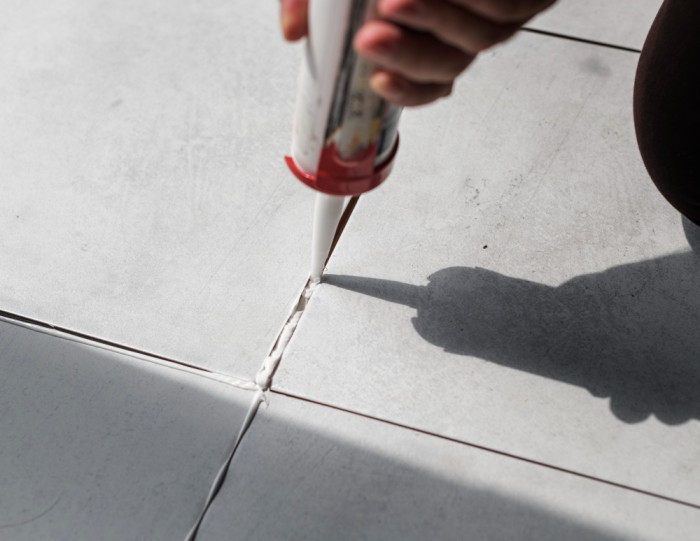Internal Joint Sealing
We Promise You
Internal joint sealing is a critical aspect of property maintenance often overlooked until issues arise. Whether it’s in residential, commercial, or industrial settings, properly sealed internal joints play a crucial role in preserving the structural integrity of buildings, enhancing energy efficiency, and maintaining a clean, aesthetically pleasing environment. In this article, we’ll explore the importance of internal joint sealing and why investing in professional services is essential for property owners and managers.

The Importance of Internal Joint Sealing:
Internal joints, such as those found in walls, floors, and ceilings, are vulnerable areas prone to water infiltration, air leakage, and the accumulation of dirt and debris. Proper sealing of these joints helps prevent moisture damage, air drafts, and the growth of mold and mildew, ultimately prolonging the lifespan of the building and ensuring a healthy indoor environment. Additionally, internal joint sealing contributes to soundproofing, fire resistance, and thermal insulation, enhancing overall comfort and safety for occupants.
Areas Requiring Internal Joint Sealing
- Walls and Partitions: Internal joints between walls and partitions, particularly in areas with plumbing fixtures or electrical outlets, should be properly sealed to prevent water leaks and maintain structural integrity.
- Flooring: Sealing joints between different types of flooring materials, such as tiles, hardwood, or vinyl, helps prevent moisture penetration and protects subflooring from damage.
- Ceilings: Internal joints in ceilings, especially in areas with HVAC ducts or lighting fixtures, should be sealed to prevent air leaks and improve energy efficiency.
- Expansion Joints: In larger buildings or structures, expansion joints accommodate thermal expansion and contraction. Proper sealing of these joints helps prevent water intrusion and maintains the integrity of the building envelope.